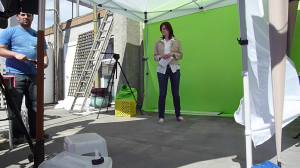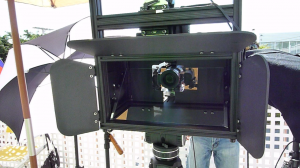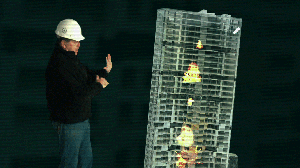Editing a 3D documentary: stereo scripts that work with Adobe CS5
Good news on the post front: we’ve upgraded from Adobe CS4 to CS5.
And the stereo scripts our compositor will use to create VFX for our first 3D documentary work with the newer version.
We’ve been gearing to get CS5 running since we moved from Leopard to Snow Leopard to take advantage of the 64-bit architecture and improve workflow.
But our VFX artist, Jakub Kuczynski, was concerned stereo 3D scripts he found online that have given him a much more efficient pipeline for stereoscopic workflow in After Effects wouldn’t transfer over smoothly to CS5.
He contacted the scripts’ developer, Christoph Keller, to ask if they’d be compatible, but he didn’t know.
Now we do. And it’s very good news – work that would take Jakub a day to do manually takes him about an hour, thanks to the scripts.
As for the CS5/Leopard upgrades, we haven’t noticed a marked increase in speed, but even a little more juice over the long run means more efficient post production overall.




